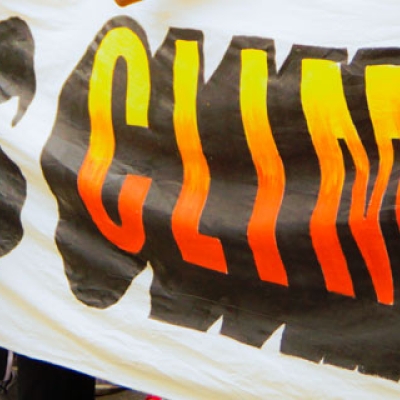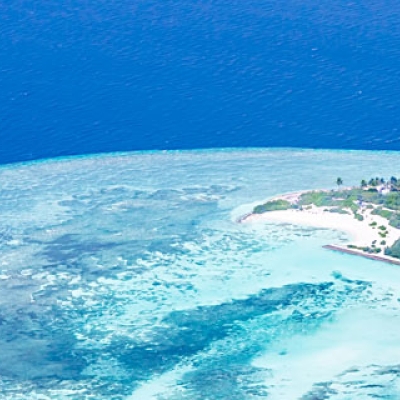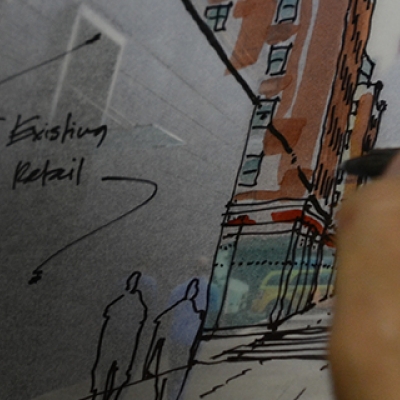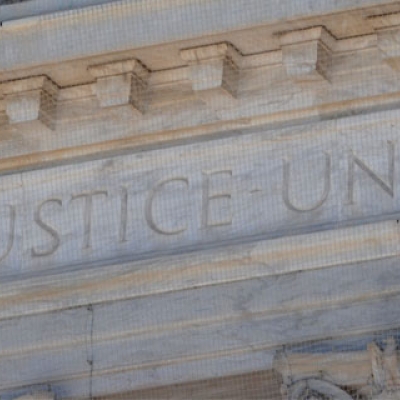
The End of an Error?
By Robert B. Gramling / On October 23rd, 2009
Between 1958 and 1968 the U.S. Army Corps of Engineers dug the Mississippi River Gulf Outlet (MRGO)—pronounced as Mister Go. The outlet was a huge canal with an original bottom width of 500' and a depth of 36'. It was designed to bring shipping into the heart of New Orleans from the southeast, bypassing the Mississippi River. The construction required the excavation of more dirt than for the Panama Canal.







